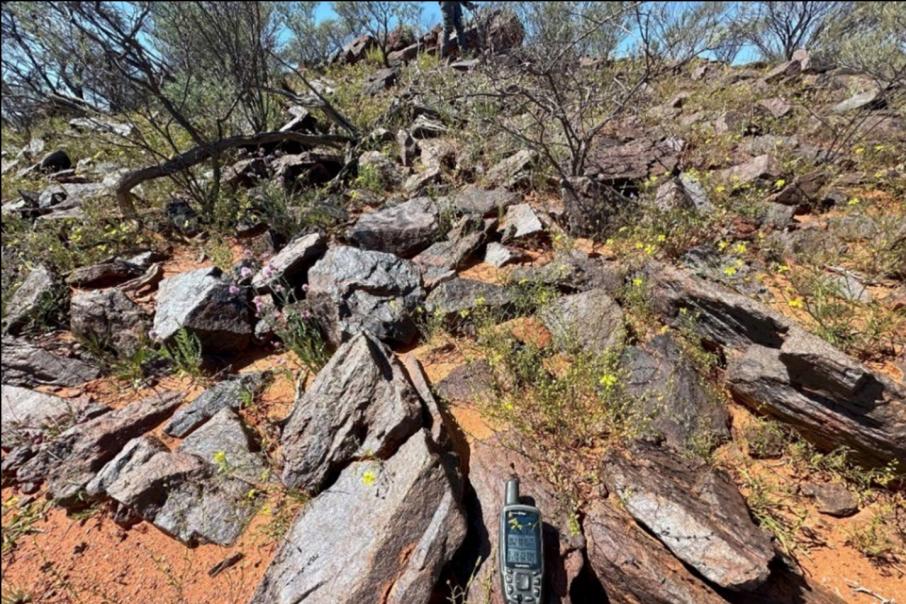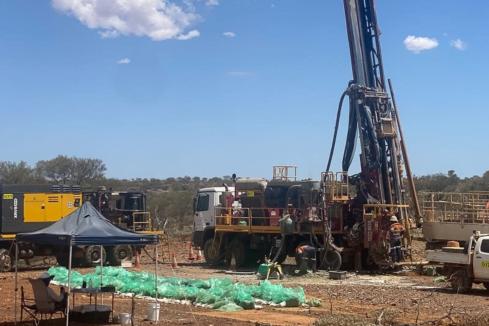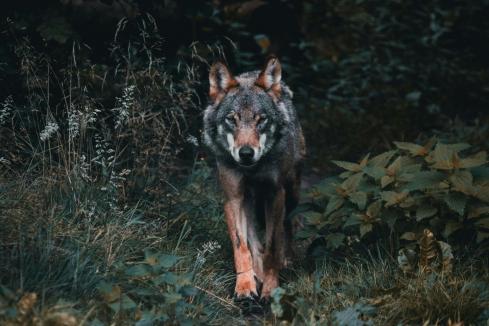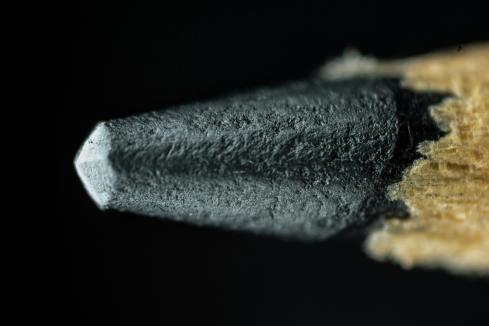Buxton Resources has unveiled high-grade iron rock chips from its Narryer project in Western Australia’s Gascoyne region after reconnaissance sampling at its Stonehut magnetite prospect returned iron samples grading more than 41 per cent across a 2km strike.
The company says its first-pass reconnaissance program to test a high-amplitude magnetic anomaly included seven rock-chip assays grading up to 47.2 per cent iron. It is considered high-grade for magnetite, which undergoes beneficiation to more than 65 per cent iron before it is shipped overseas as a concentrate.
Management has characterised its Stonehut prospect as an anomaly covering about 2200m by 700m. Buxton believes the scale of the anomaly, combined with the more than 41 per cent iron samples across its entirety, signals the potential for magnetite deposits of scale at the site.
The rock-chip samples were collected from exposed magnetite-quartz granulite outcrops, which the company says were notable for their coarse grain size (greater than 0.5mm) and low levels of deleterious elements such as aluminum and titanium. Those factors are important down the track when processing the rock into a magnetite concentrate.
The Narryer project stretches for a substantial 520 square kilometres and comes with serious logistical advantages in a broader Gascoyne region that features year-round access via existing station tracks and abundant groundwater resources for mining scenarios. The project is also expected to benefit from new airborne magnetic survey data that is due to be collected by the Geological Survey of Western Australia (GSWA) later this month.
The free surveys will help management refine drill targets and guide future programs at Stonehut, where further field testing and drilling is planned to assess the scale and metallurgy of the potentially high-grade magnetite bodies.
Buxton’s discovery prospects extend beyond its newly-identified Stonehut target at Narryer.
The company also recently revealed the discovery of substantial graphite mineralisation on the same land-package. A 20m zone grading 9.06 per cent total graphitic carbon (TGC) within a 60m-thick area at its Ranger prospect has pointed towards a possible new graphite province at Narryer, just 15km to the west.
The company is now preparing ground electromagnetic (EM) surveys at its priority Oculus and Ranger graphite prospects to follow up the 60m-thick graphite discovery hole.
As Buxton continues to advance its exploration at Narryer, the combination of cheap, high-impact exploration in both iron and graphite should offer it plenty of favourable options down the track within its substantial piece of ground.
Is your ASX-listed company doing something interesting? Contact: matt.birney@businessnews.com.au















